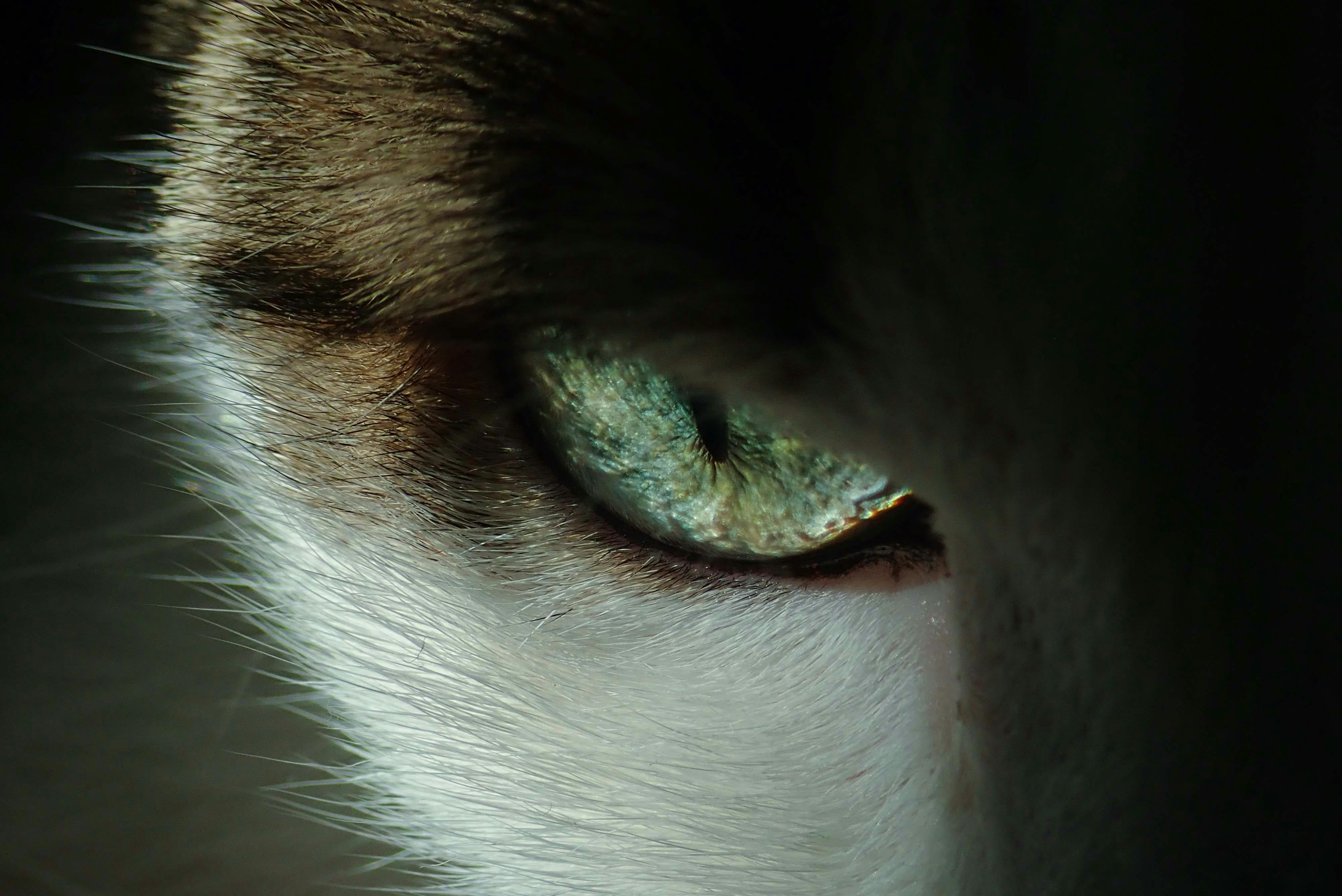The Bears of Admiralty Island
There are maybe two thousand bears on Admiralty Island, and not a single black one among them, just big brownies and grizzlies. Bears are the largest carnivorous animals left in the world today, and Admiralty bears are nearly as large as the famous Kadiak bear, a species limited to Kadiak Island. Specimens weighing over a thousand pounds and standing seven to nine feet tall on their hind legs have been taken on the Alaska Peninsula and the southeast coast. During the spring, these large animals live among the snowy peaks, eating grass and roots and minding their own business. Then, in late July, they drift down to the banks of streams, where salmon spawn madly, to enjoy a rich diet fresh from the icy waters. That’s when the camera hunter must look for them.
It was a day late when we paddled our canoe to that cabin. We had left the good ship to the west, with other eager bear-hunters on board, and tied up a few miles away at Mole Harbour. We were going to be the first contingent of bear hunters; the rest would have their affair later. Our guide made us feel welcome; there, on the floor of the cabin, we made our beds to sleep for a few hours until, in that pitch-black darkness just before dawn, we were awakened as he tossed and turned cooking the porridge for breakfast. We were soon clothed with that lasting food; we put on our rubber boots and, as the sky brightened, we stepped into the stream that rushed just outside the cabin door.
Our guide seemed to know every hidden rock and ledge below the surface of the falling water, easily moving from one foothold to another as we stumbled along behind him. He carefully tore off every fern leaf or devil’s club or alder branch that might touch us, to kill our scent, and always made us step on bare rocks or in the water, and, after crossing fallen logs without touching them with our hands, splash them with water to remove any possible odor. Our cameras were in backpacks on our backs, and Hasselborg carried a .405 heavy rifle to be used only if we came across a previously shot bear and remembered his hatred for man.
Often at the hairpin bends in the creek, he would wade in and look around cautiously, not wanting to suddenly come across a large brownie or grizzly bear unsuspecting. The guide’s caution instilled more confidence than fear. We knew that he had no desire to be maimed by an injured bear. That had happened once when he was collecting for a museum and was trying to kill the animal without damaging its important skull. About a mile above the cabin we came face to face with our first brown bear.
